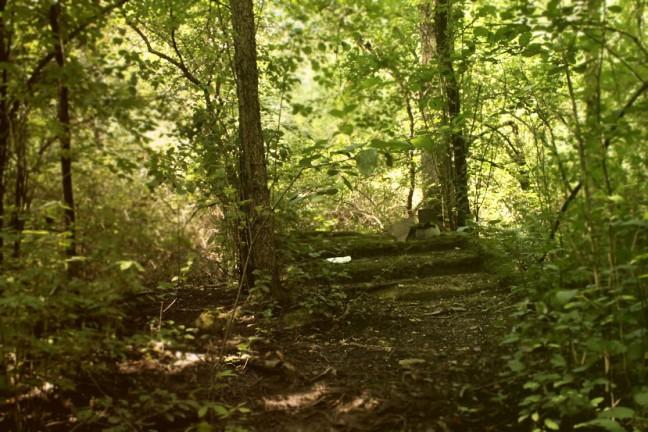Dane County announced plans early February to continue the Plant Dane program this upcoming spring.
The program’s goal is to protect the Dane County lakes, rivers and streams by selling native plants at a fraction of the regular price, said Dane County’s Land and Resources Department stormwater education coordinator Christal Campbell.
The only stipulation is the plants have to be planted within Dane County, Campbell said.
Customers can choose from more than 40 native plant species.
All orders must be placed by March 19. Plants are $2.25 each and will be ordered in multiples of four.
“Native plants have very long roots, in comparison to non-native plants,” Campbell said. “That helps for more infiltration so the water doesn’t run off as quickly into the streets, where it goes directly into the storm sewers.”
Unlike North Chicago or Milwaukee, Madison’s storm sewers go straight into lakes, rivers and streams without being filtered, Campbell said.
Native plants also don’t need to be fertilized. Less fertilizer means less nitrogen flowing into lakes and rivers, University of Wisconsin professor emerita Joy Zedler said.
“[Lately], we have more nitrogen and phosphorous and total suspended solids in surface water, runoff and flowing into our streams and rivers, wetlands and lakes,” Zedler said.
Zedler said the increase in nitrogen and phosphorus in waters has been linked to a wider trend in the U.S. in the last decade — the spread of aquatic invasive species.
As Dane County lakes receive more phosphorus, an algae bloom develops, turning the lakes into “pea soup,” Zedler said.
Increased levels of nitrogen in county wetlands trigger invasions of Reed Canary Grass (RCG), Wisconsin’s worst invasive wetland weed, Zedler said. Where waters are nutrient rich and a bit salty, they likely favor invasive species more than natives, she said.
“RCG outcompetes our native wetland plants,” Zedler said. “It uses nitrogen more efficiently, so it overgrows them. My student found RCG reduces plant diversity by one half, as it invades our native sedge meadows. With so much wetland area already lost to urbanization, we need to keep every remaining bit and prevent it from being transformed by weeds.”
While Plant Dane doesn’t directly prevent the spread of invasive species, in the past 14 years the county has seen an improvement in the water quality, Campbell said. But there are many programs in place to create better waters, Campbell said.
The goal of Plant Dane, Campbell said, is to inform the public of what they can do to help.
“What we’re trying to do is to encourage people to implement practices that reduce runoff into our storm drain, that leads to our surface waters,” Campbell said.
Campbell also noted they want to promote infiltration, as dirt acts like a filter, cleaning stormwater before it gets into lakes.
While Plant Dane will help to decrease the amount of nitrogen and phosphorous in the waters, there is much more contributing to the county’s polluted waters, Zedler said.
“Everyone everywhere [causes poor water quality],” Zedler said. “It’s caused by agriculture, urban lawns, street runoff and vehicles that have tires.”
As tire treads become smooth, the material wears off onto the street, rainfall washes the water into the gutter and the water flows to the streams, Zedler said. Additionally, salt on the streets during the winter washes off sidewalks and streets and into the surface water.
But Zedler believes the Plant Dane program is a good start and will help the public realize their effect on the environment.
“A small garden project can have a huge impact by teaching people to be more mindful of the soil and native vegetation,” Zedler said. “When we all get the message, there will be visible effects wherever large areas are set aside and managed for native species.”


